Chapter 2: Reference Systems - NASA Science
By A Mystery Man Writer
Last updated 18 Jun 2024
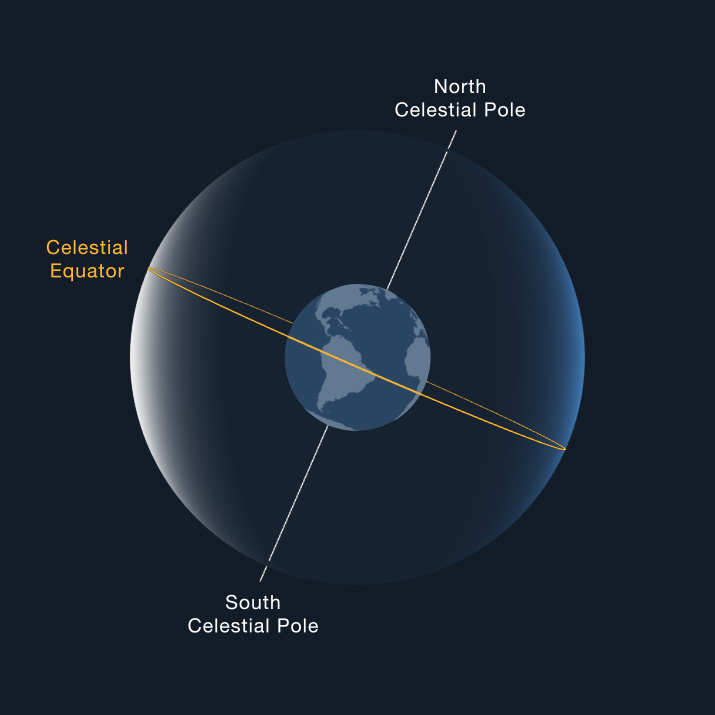
Page One | Page Two | Page Three The Equinoxes The equinoxes are times at which the center of the Sun is directly above the equator, marking the beginning of spring and autumn. The day and night would be of equal length at that time, if the Sun were a point and not a disc, […]
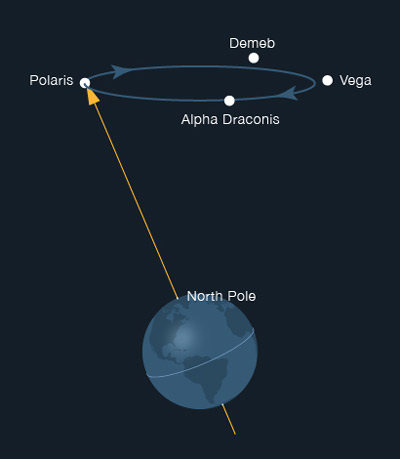
Chapter 2: Reference Systems - NASA Science
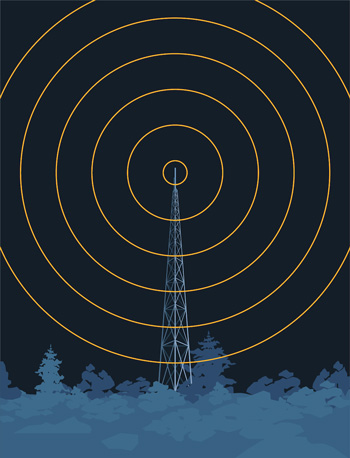
Chapter 10: Telecom - NASA Science
If Jupiter is a gas giant as I and others have been taught, where does the gravity come from that keeps Jupiter and the moons orbiting together? - Quora
Given Jupiter's size, its moons must have little effect on it. What would happen if those moons orbited any of our other planets? - Quora
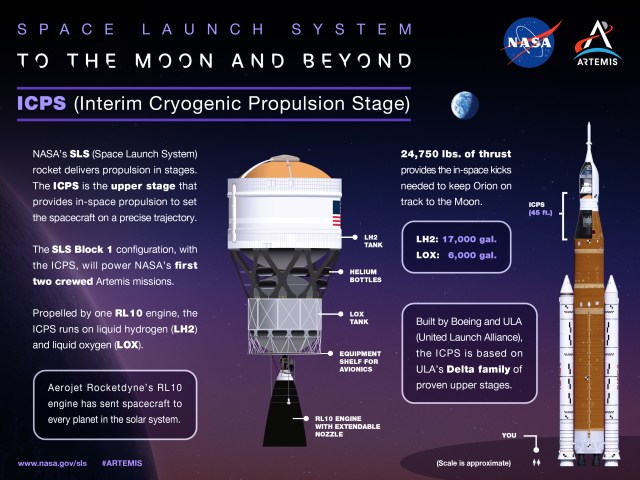
Space Launch System (SLS) - NASA
Why is Jupiter a gaseous planet while its moons are not? - Quora
Why do Jupiter and Saturn have more satellites (moons) than the
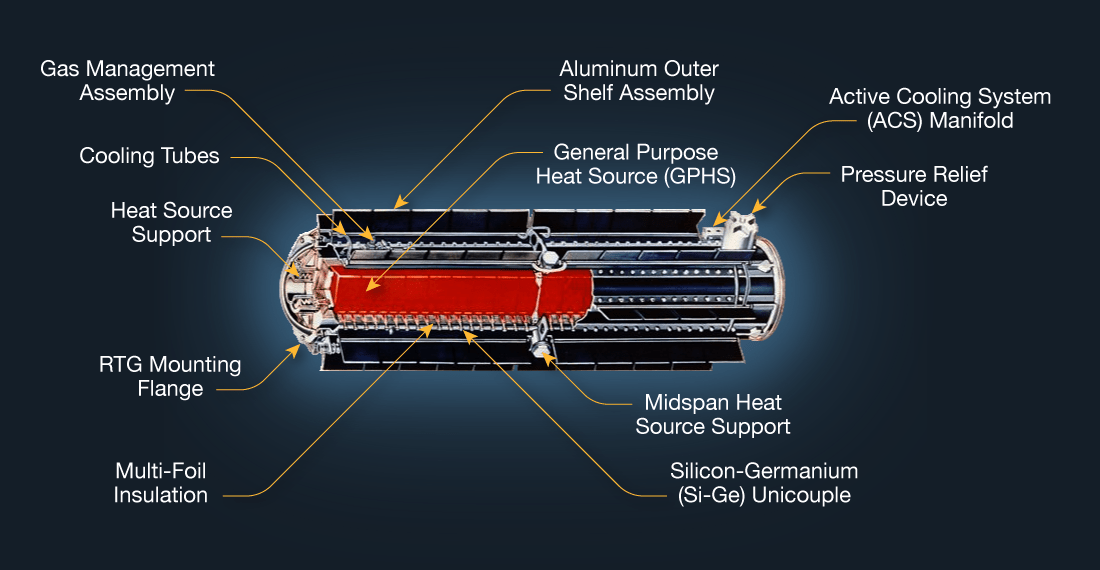
Chapter 11: Onboard Systems - NASA Science
Jupiter has more than 67 moons. The largest moon, Ganymede, orbits the planet with a constant speed. Is Ganymede accelerating? - Quora
Do all moons, natural satellites, orbit their planets the same direction as our own moon? - Quora
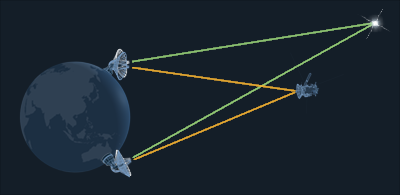
Chapter 13: Navigation - NASA Science
Recommended for you
-
 Celestial Evening - Wed, Jan 03 6PM at Woodridge18 Jun 2024
Celestial Evening - Wed, Jan 03 6PM at Woodridge18 Jun 2024 -
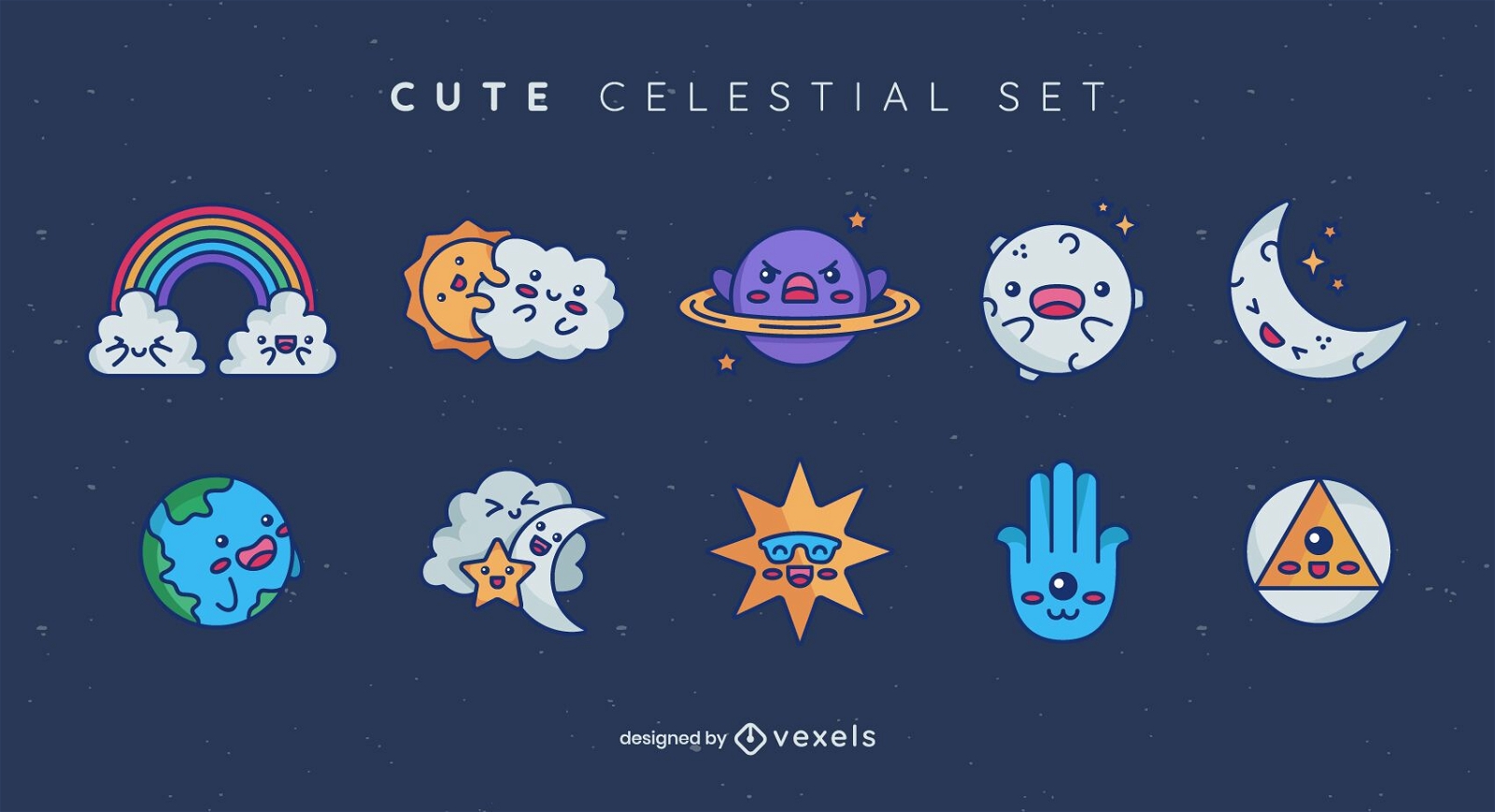 Celestial Vector & Graphics to Download18 Jun 2024
Celestial Vector & Graphics to Download18 Jun 2024 -
 15 Astonishing Facts About Celestial18 Jun 2024
15 Astonishing Facts About Celestial18 Jun 2024 -
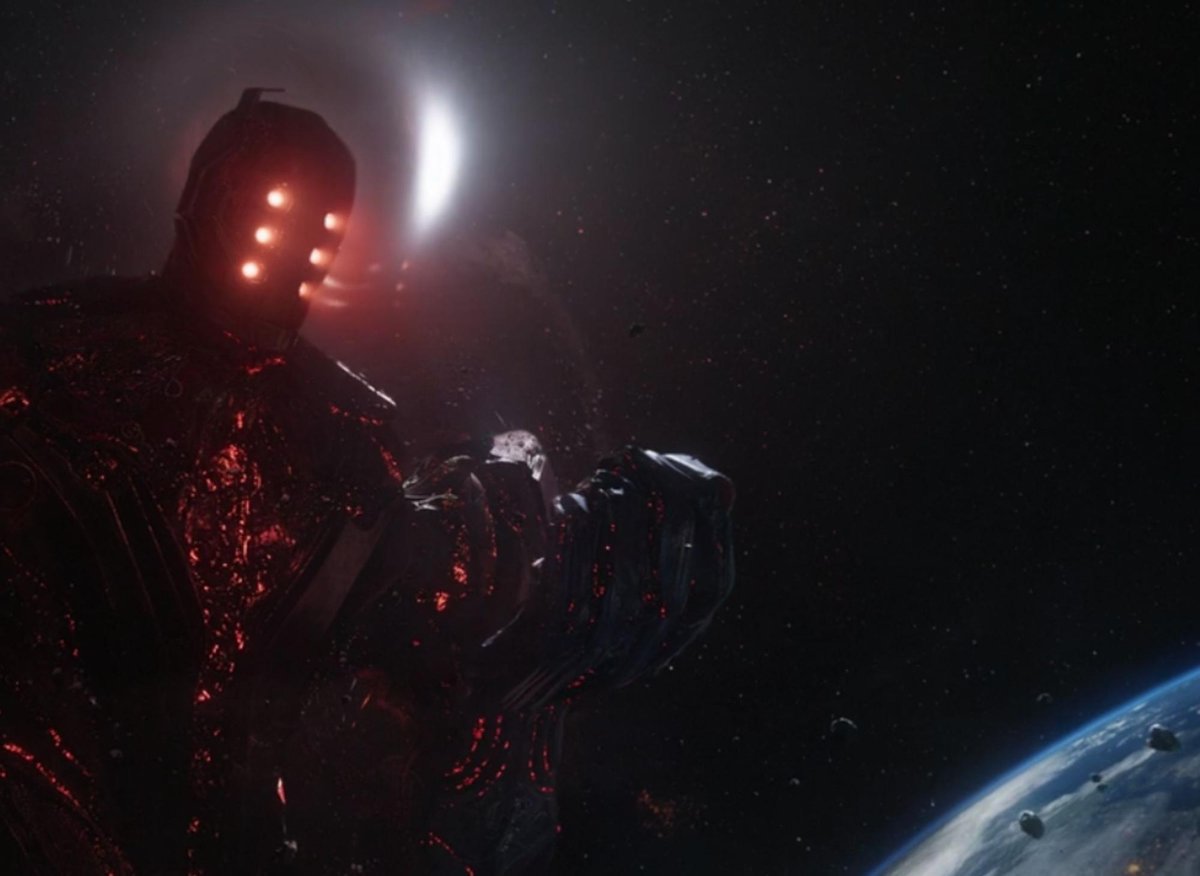 Eternals: Is Galactus a Celestial?18 Jun 2024
Eternals: Is Galactus a Celestial?18 Jun 2024 -
 Celestial globe - Wikipedia18 Jun 2024
Celestial globe - Wikipedia18 Jun 2024 -
Celestial18 Jun 2024
-
 Celestial audiobook by Olivia Wildenstein - Rakuten Kobo18 Jun 2024
Celestial audiobook by Olivia Wildenstein - Rakuten Kobo18 Jun 2024 -
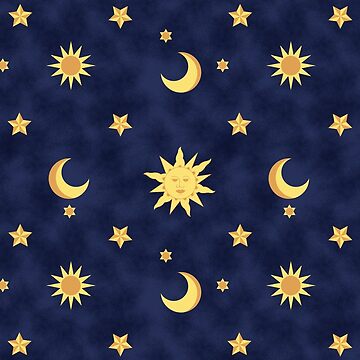 Another Celestial Mood Duvet Cover for Sale by Ellador18 Jun 2024
Another Celestial Mood Duvet Cover for Sale by Ellador18 Jun 2024 -
 Celestial Dew Elden Ring Wiki18 Jun 2024
Celestial Dew Elden Ring Wiki18 Jun 2024 -
Celestial Beings :: Behance18 Jun 2024
You may also like
-
 9PCS/set 6Inch Paint Roller Brush Pro Foam Paint Roller kit Sponge18 Jun 2024
9PCS/set 6Inch Paint Roller Brush Pro Foam Paint Roller kit Sponge18 Jun 2024 -
 Hotrose 22 Pockets Professional Cosmetic Makeup Brush Bag with Artist Belt Strap for Women ( Brush Not Included ) Middle(9.5in*10in)18 Jun 2024
Hotrose 22 Pockets Professional Cosmetic Makeup Brush Bag with Artist Belt Strap for Women ( Brush Not Included ) Middle(9.5in*10in)18 Jun 2024 -
 The Gift Guide filled with all the Cozy - bayberry and Main18 Jun 2024
The Gift Guide filled with all the Cozy - bayberry and Main18 Jun 2024 -
 The Company Store TCS Down Firm 16 in. x 24 in. Jumbo Pillow PP56-JUM-WHITE - The Home Depot18 Jun 2024
The Company Store TCS Down Firm 16 in. x 24 in. Jumbo Pillow PP56-JUM-WHITE - The Home Depot18 Jun 2024 -
 cynthiasfeathers18 Jun 2024
cynthiasfeathers18 Jun 2024 -
 Toilet-Paper-Roll TPR FIREWORKS DIY18 Jun 2024
Toilet-Paper-Roll TPR FIREWORKS DIY18 Jun 2024 -
 Buy Birthday Gifts For 19 Year Old Girl - Back In 2003 19 Birthday Decorations For Women, 19th Birthday Decorations For Boys, Best Gifts For 19 Year Old Boys Gifts For 1918 Jun 2024
Buy Birthday Gifts For 19 Year Old Girl - Back In 2003 19 Birthday Decorations For Women, 19th Birthday Decorations For Boys, Best Gifts For 19 Year Old Boys Gifts For 1918 Jun 2024 -
 10 Pieces White Nail Pencils 2-In-1 Nail Whitening Pencils French Manicure Pen with Cuticle Pusher Cap for DIY Nail Design Manicure Supplies18 Jun 2024
10 Pieces White Nail Pencils 2-In-1 Nail Whitening Pencils French Manicure Pen with Cuticle Pusher Cap for DIY Nail Design Manicure Supplies18 Jun 2024 -
 Highland Cow Pillow Case Sublimation18 Jun 2024
Highland Cow Pillow Case Sublimation18 Jun 2024 -
 Craft Consortium RETRO SUMMER Double-Sided 12 x 12 Paper Pad18 Jun 2024
Craft Consortium RETRO SUMMER Double-Sided 12 x 12 Paper Pad18 Jun 2024
